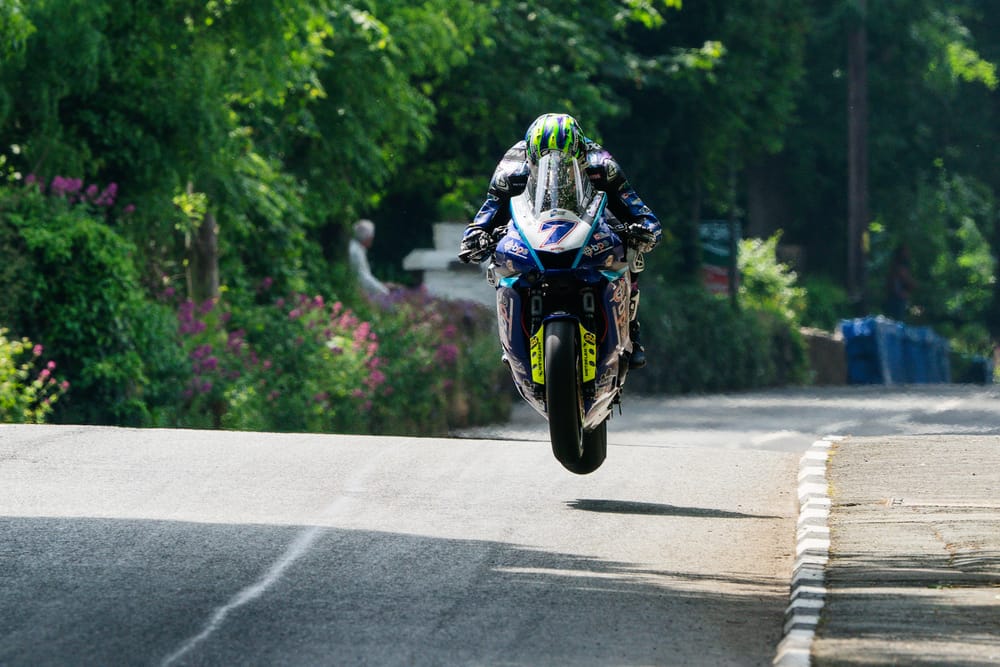The Isle of Man TT takes place on a circuit very, very different from those raced in MotoGP or World Superbikes - given both its 37.73-mile length and the inherent dangers of riding at high speeds on closed public roads.
But it can look like at its heart it’s just the same as any other motorcycle race, especially when some competitors use essentially the same machinery as they do for their circuit racing seasons.
That's something that has to an extent been backed up in recent years by the arrival of a number of very fast TT newcomers from a circuit racing rather than a road racing background - with 14-time winner and current TT lap record holder Peter Hickman the prime example since his 2014 debut.
However, according to another one of those to successfully make the jump across, it's not quite as simple as being good at one and hoping it translates to the other, given just how differently you have to approach racing at the TT.
Double British Superbike champion Josh Brookes made his own TT debut in 2013 and immediately became the fastest ever newcomer in the race's history up until that point.
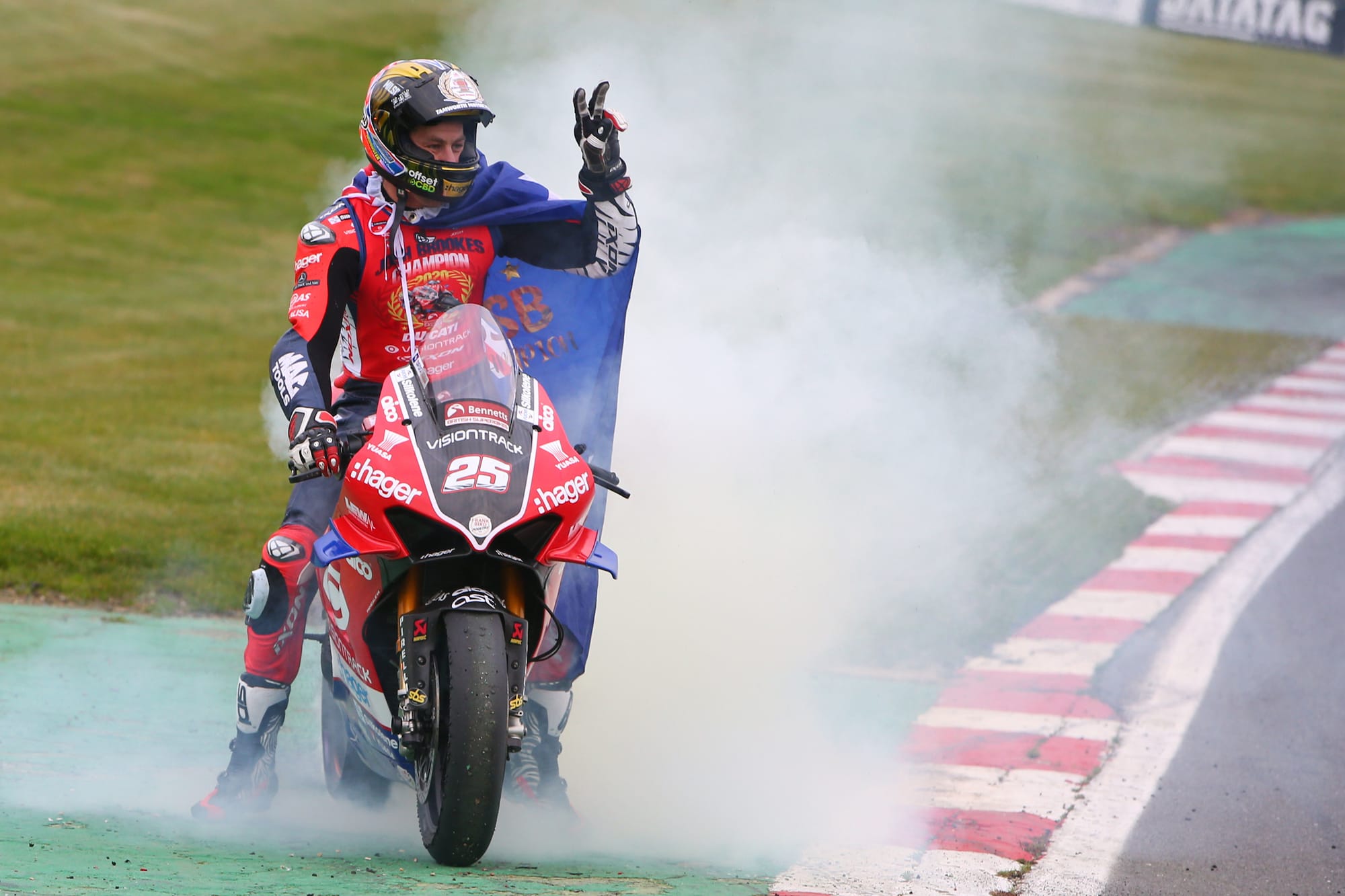
After a long hiatus to concentrate on BSB, Brookes came back to the TT in 2024 and showed that he hadn't lost any of his speed with a Senior TT podium to round out the fortnight.
But while he might be able to be competitive in both disciplines of racing, the Australian is adamant that they remain very different disciplines of the sport even if they do involve using almost the exact same machinery as what he rides year-round on the UK's circuits.
"I feel like it's a different discipline," Brookes tells The Race in an exclusive interview that you can hear more of in a special episode of The Race MotoGP Podcast and in The Race Members' Club on Patreon next week.
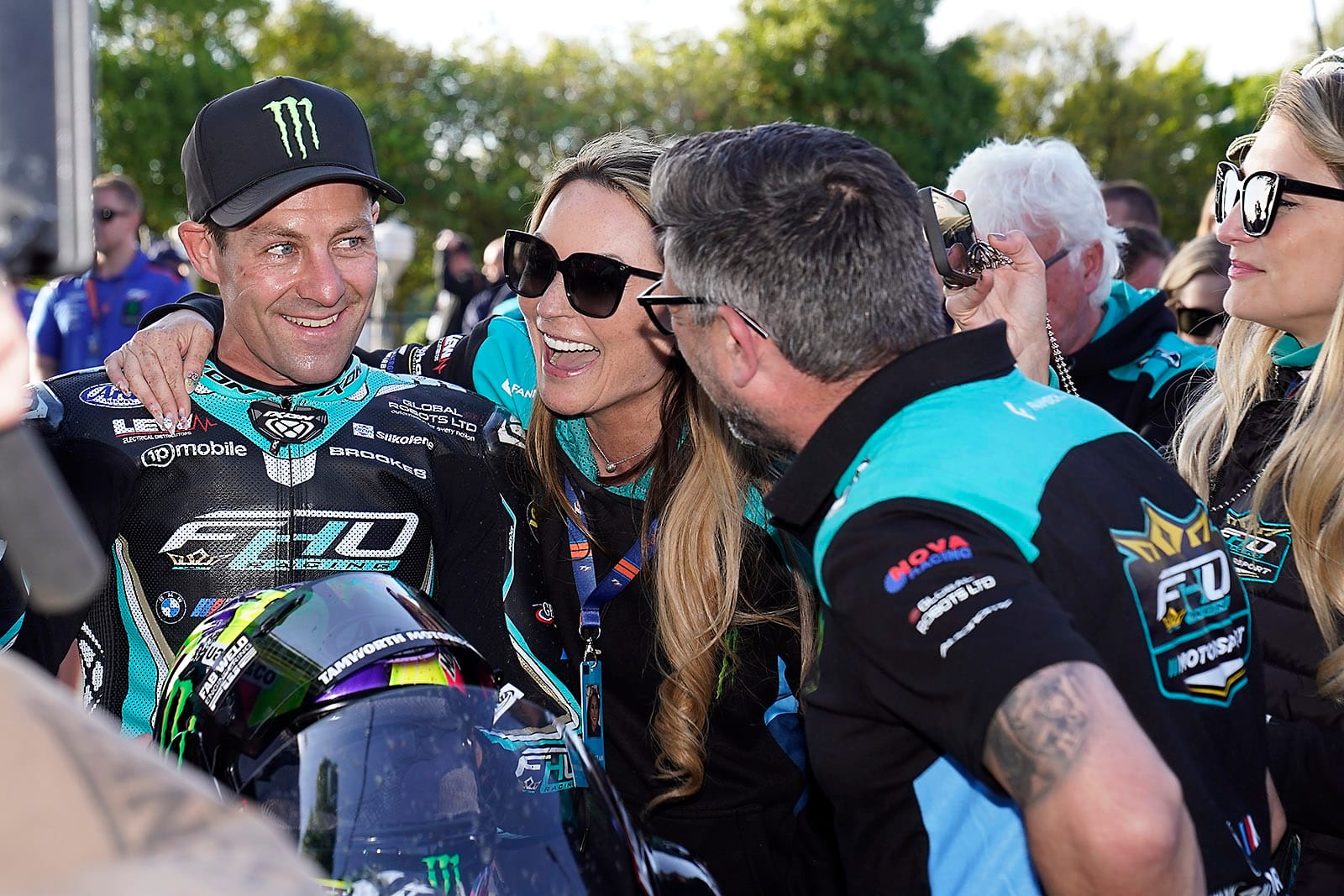
"Of course you'd carry experience from anywhere, but once I'd come to actually riding the event, I came to realise that it's actually like another discipline.
"The best way I can kind of explain it best is if you look at the off-road stuff. You've got the American outdoor nationals, which is 450 motocross bikes, then you've got the supercross season, which is the majority of the same riders, same teams, everything - but one guy can win the motocross and someone else might win the supercross. And it's because they're almost two different disciplines.
"It's a different way of riding. People go ‘what do you do, do you ride at 95%? Or 90%? Or 85%? What's the number?' No, we ride at 100%. We're not riding at 100% like we would on the racetrack. We're riding at 100% of our capabilities on this track."
And while the bikes might well be the same, the circuits very much aren't - and therein lies the key to understanding the real difference between the two sports, according to the World Supersport race winner.
"When you brake heavily on a short circuit track," Brookes added, "you've got a smooth surface. It's predictable. For the most part it's the same surface all the way round the track. It's a controlled environment.
"So you're actually trying to brake as late as you can and get the bike turned on the side to the maximum, trying to open the throttle to the maximum.
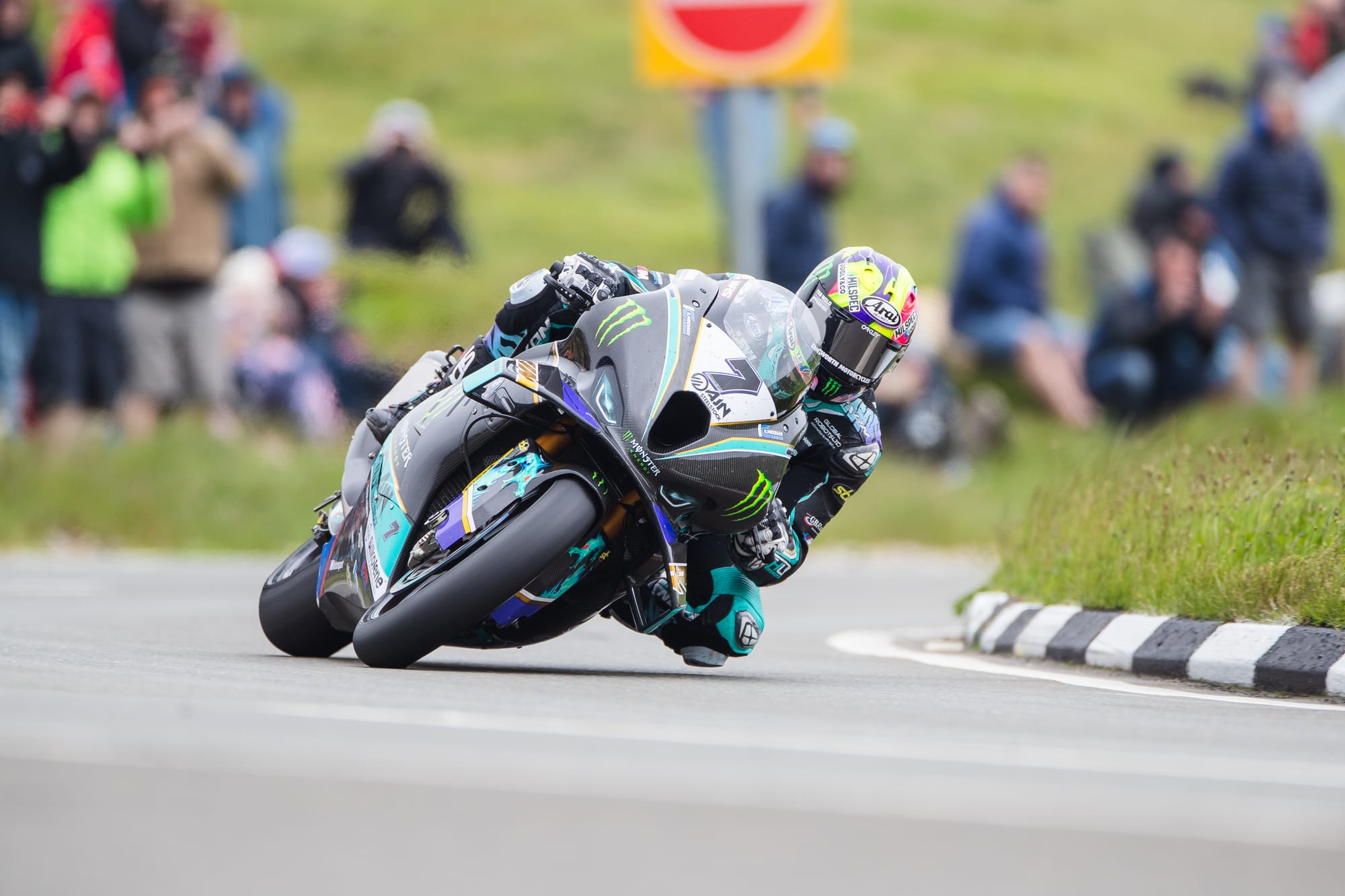
"That method of riding will only make you go slower at the TT. The way to get the bike to work well at the TT is to keep it in a neutral position. Not on the brakes when the bike's pitching and got energy on the front, not on the gas when all the energy's on the rear.
"In those two extreme parameters, all the energy's really uncontrolled, because the road you're on has got camber. Through one apex you've gone from off-camber to on-camber to back off-camber again.
"There are huge variations constantly in the road, so any time you're hard braking or hard accelerating, the bike will be just tying itself in knots and actually scaring the hell out of you.
"The way to make yourself feel comfortable and the bike well controlled and you to feel in control is to keep this neutral bike, where you're not heavily braking, you're floating through the corner, just carrying your momentum.
"You roll off far, far earlier than you could to make the corner, you brake, but not really to stop the bike, just to wash some speed off, and then you get back on the throttle before the apex and carry your momentum through the corner."
And in that very different way of riding comes, according to the Jacksons Racing rider, something of a calm even as you're skimming walls at speeds often in excess of 200mph.
"All of a sudden, it doesn't sound that dangerous now," Brookes explained, "because you're riding in a real placid mentality
"A short circuit track is like a classical ribbon of tarmac, and you're trying to make it death metal because you're taking everything you've got there to the limit.
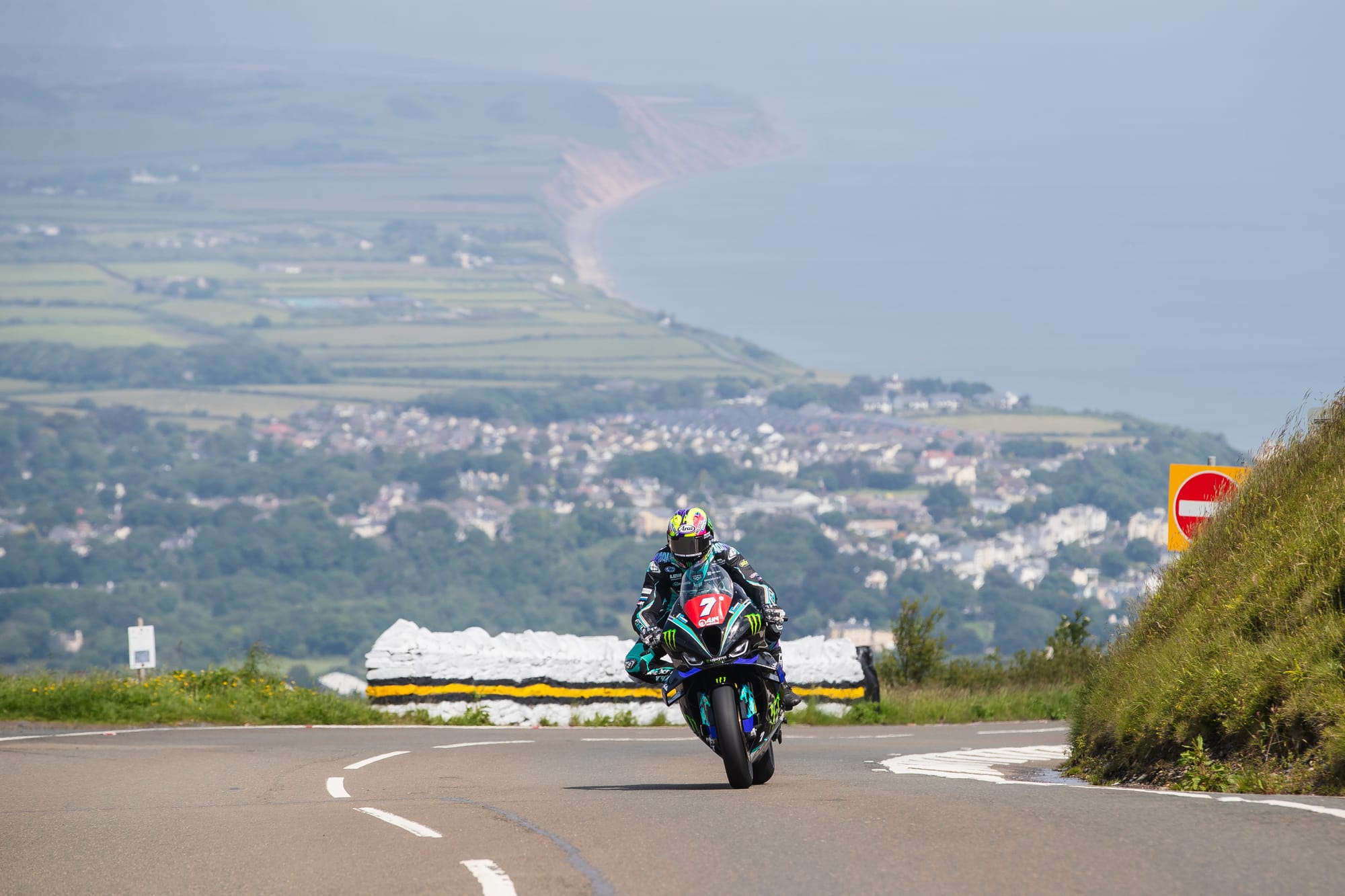
"At the TT it's the other way around: the circuit is death metal and you're trying to ride it like classical, just to try to keep the bike in harmony with everything that's going around.
"If you were to glue a cup full of water on the fuel tank and someone said ‘try not to spill a drop', you wouldn't dare brake too hard or make any sudden movements. You're just delicate. Everything you do is just delicate flow.
"And then all of a sudden, you're fast."


